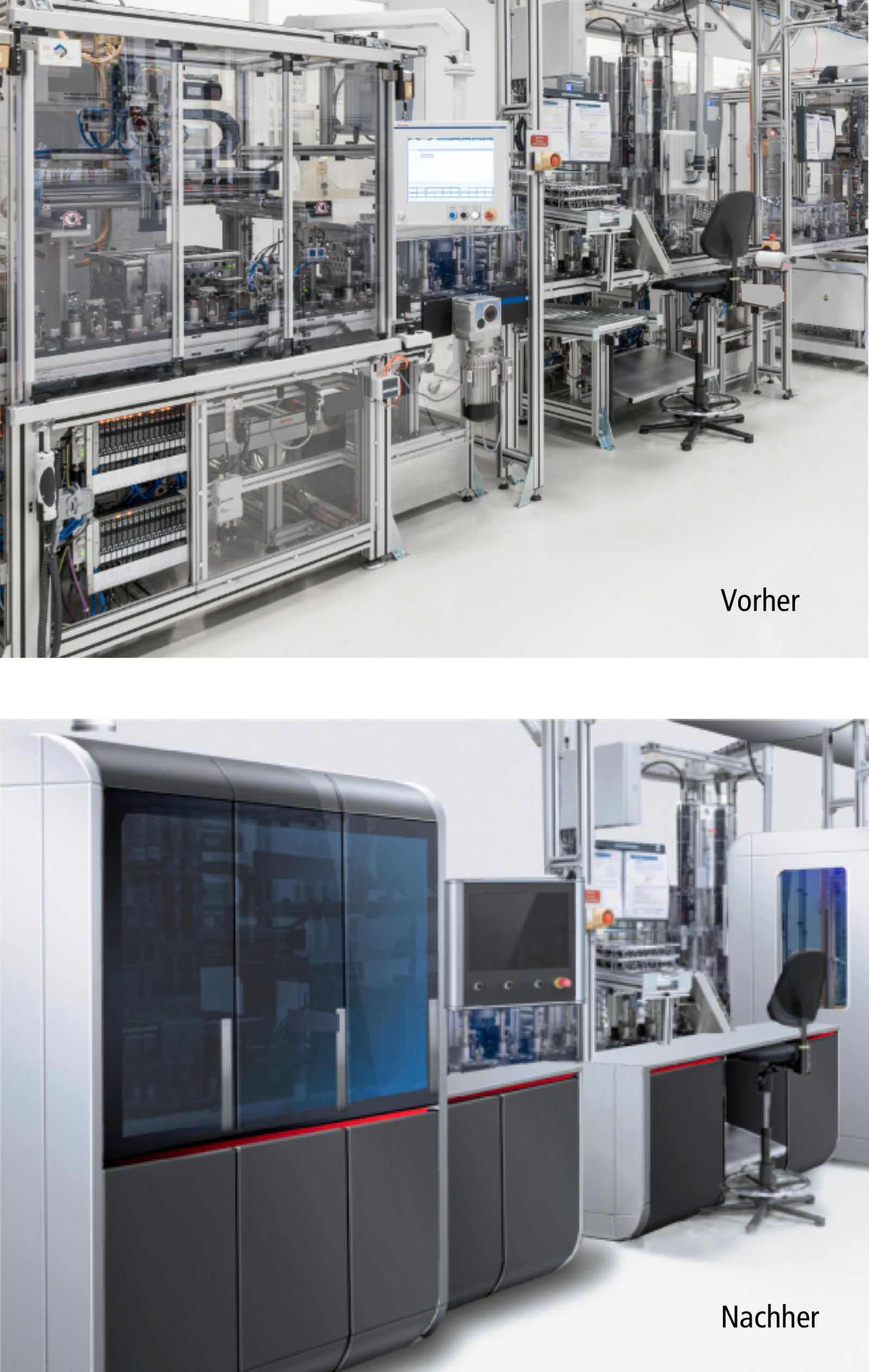Throw the aluminum profiles out of series production!
How design projects can be financed and the brand promoted
Designers are often mistakenly seen as mere aesthetes who improve appearance but also increase costs. In reality, the opposite is true: our aim is to design products so that they are not only more appealing and ergonomic, but also more cost-effective, which ultimately leads to an increase in profit. But how exactly do we achieve this?

Optimization through design: More than just aesthetics
Our work as designers goes far beyond visual appearance. We complement product development and improve product quality through ergonomic improvements. We do a lot before and during the creation of visual designs: from human-centered research to requirements analysis and the definition of specifications, right through to technical and economic coordination.
Calculate success: Our design-to-cost calculator
A particularly profitable aspect of our work is our advice on design-to-cost (DTC). Even conservative assumptions show that a new design can also be economically viable. At CaderaDesign, we use our DTC calculator for this purpose. This allows us to determine an optimal framework for the production budget in order to achieve a return on investment (ROI) purely through design. We would be happy to demonstrate our tool to you and adapt it to your specific situation.
Example of success: cost optimization through attractive redesign
A common scenario we observe is expensive aluminum profiles as the basis for series production. By using an attractive cladding, for example made of sophisticated laser sheet metal bending parts, considerable costs can usually be saved. This enables additional profits that can be used to refinance the design project, for example. It is therefore worth taking a close look and making the right decisions in order to exploit the full potential of design for profitability.
Design-to-Cost: How effective cost control drives design projects forward
Design-to-cost (DTC) is a strategic method of developing new products to ensure that they can be produced within a given budget. It involves keeping an eye on costs from the outset to avoid unnecessary expenditure.
This requires close collaboration between designers, engineers and other professionals to select the right materials, manufacturing processes and technologies to meet design requirements and cost targets.
By implementing DTC, companies can not only reduce production costs, but also improve the competitiveness of their products by bringing them to market at competitive prices. DTC enables companies to utilize their resources more efficiently and increase their profit margins.
Overall, design-to-cost is a crucial strategy to develop innovative products that meet customer needs while improving the company's profitability and efficiency.